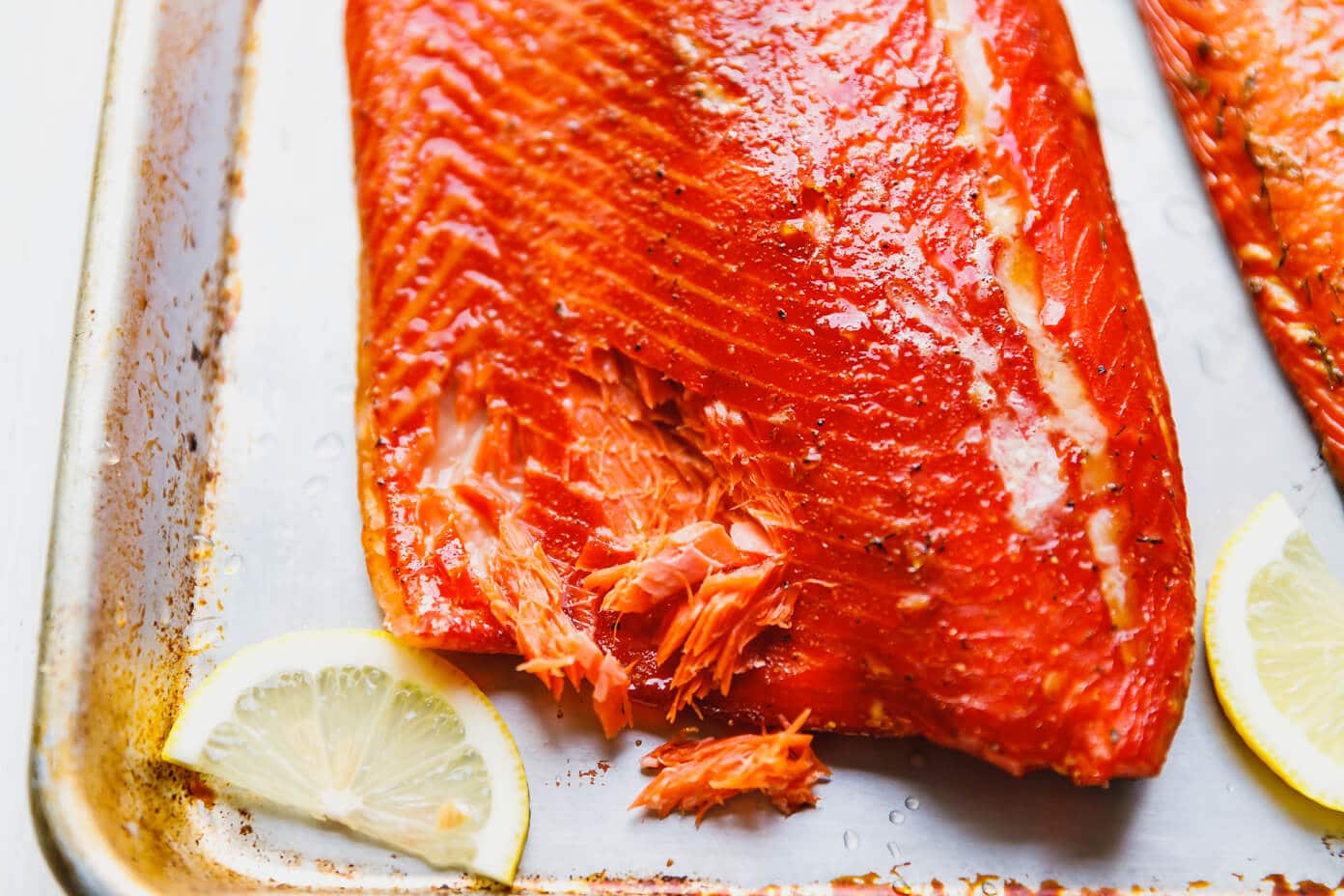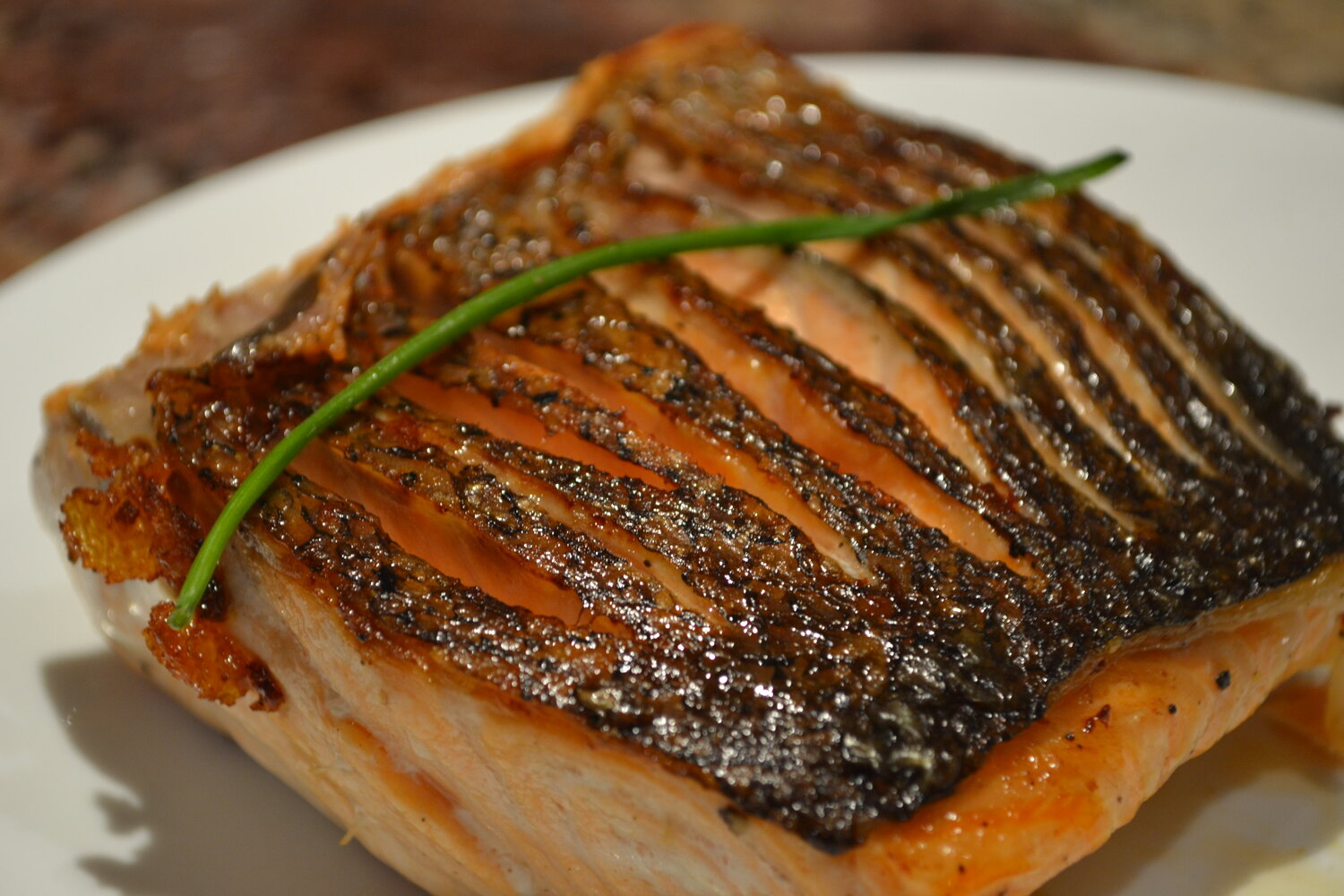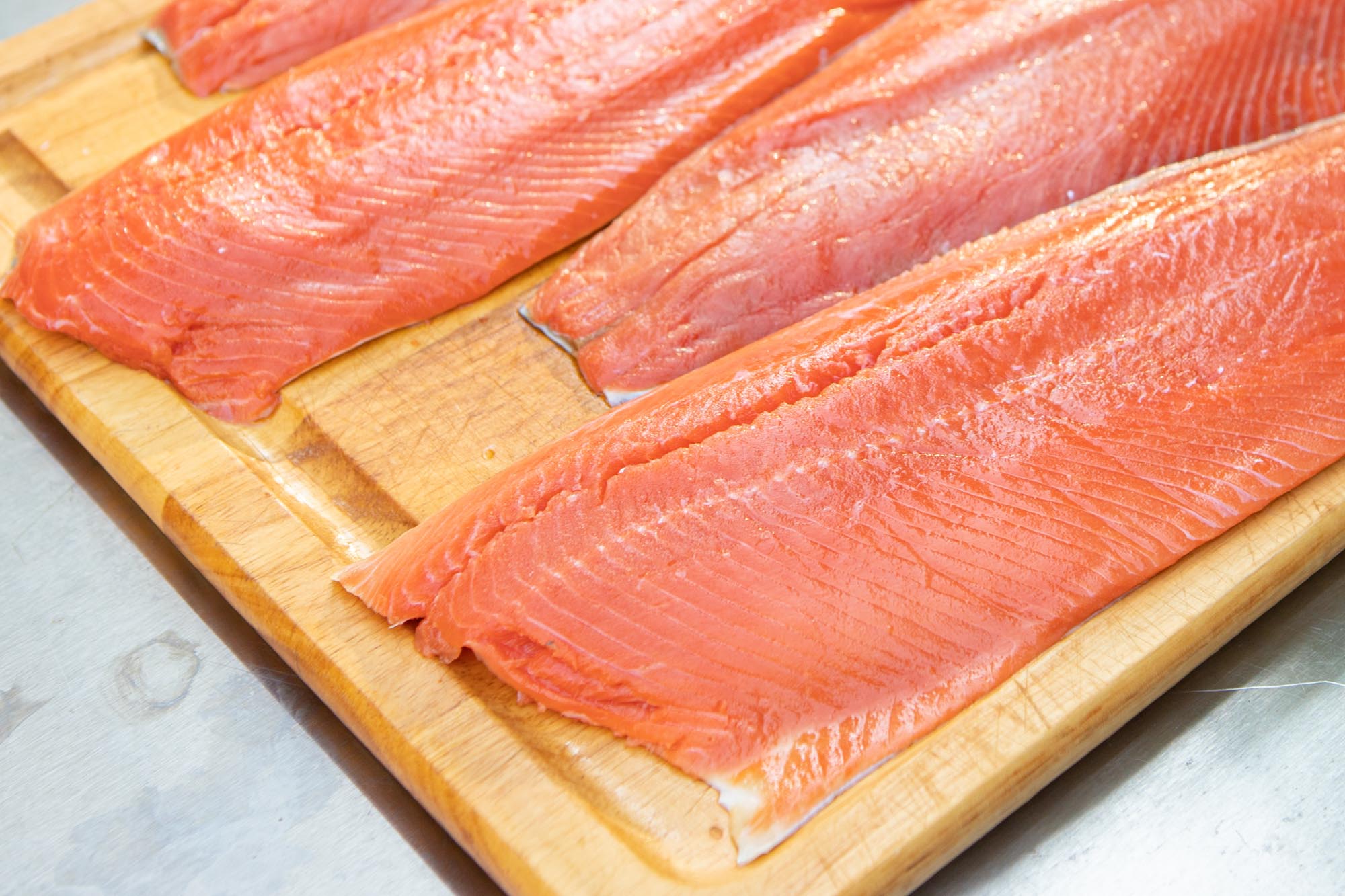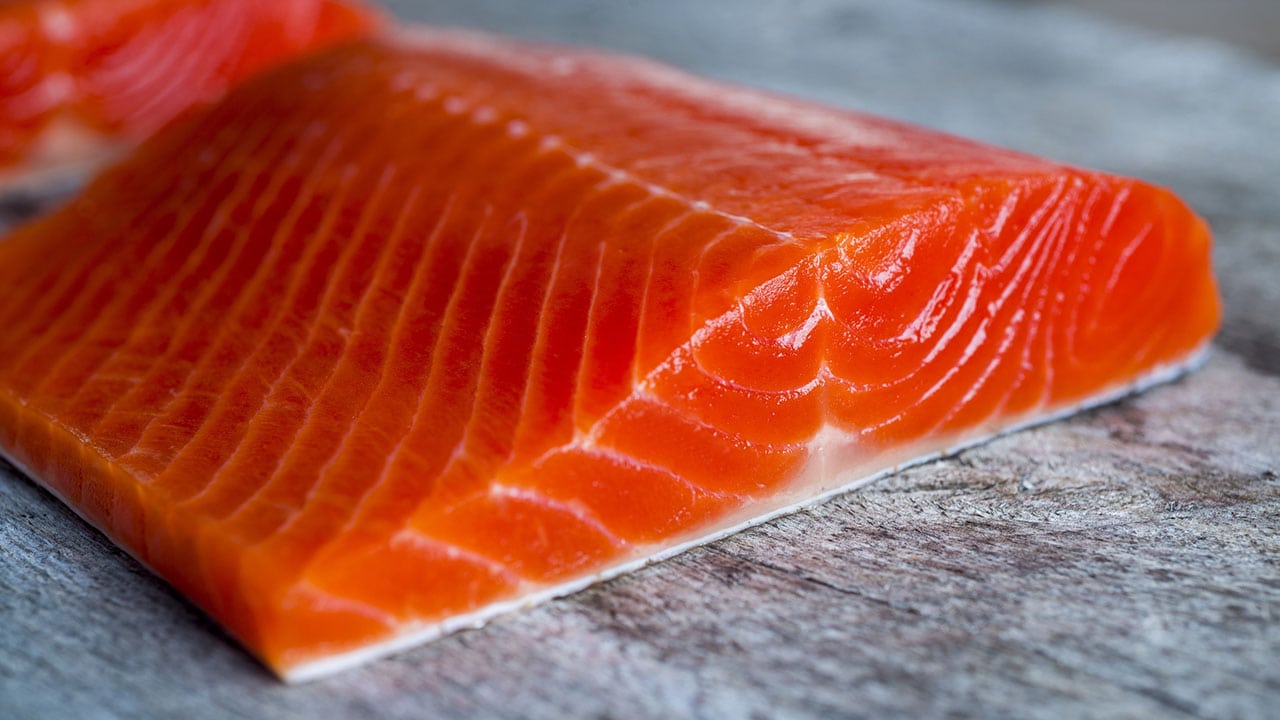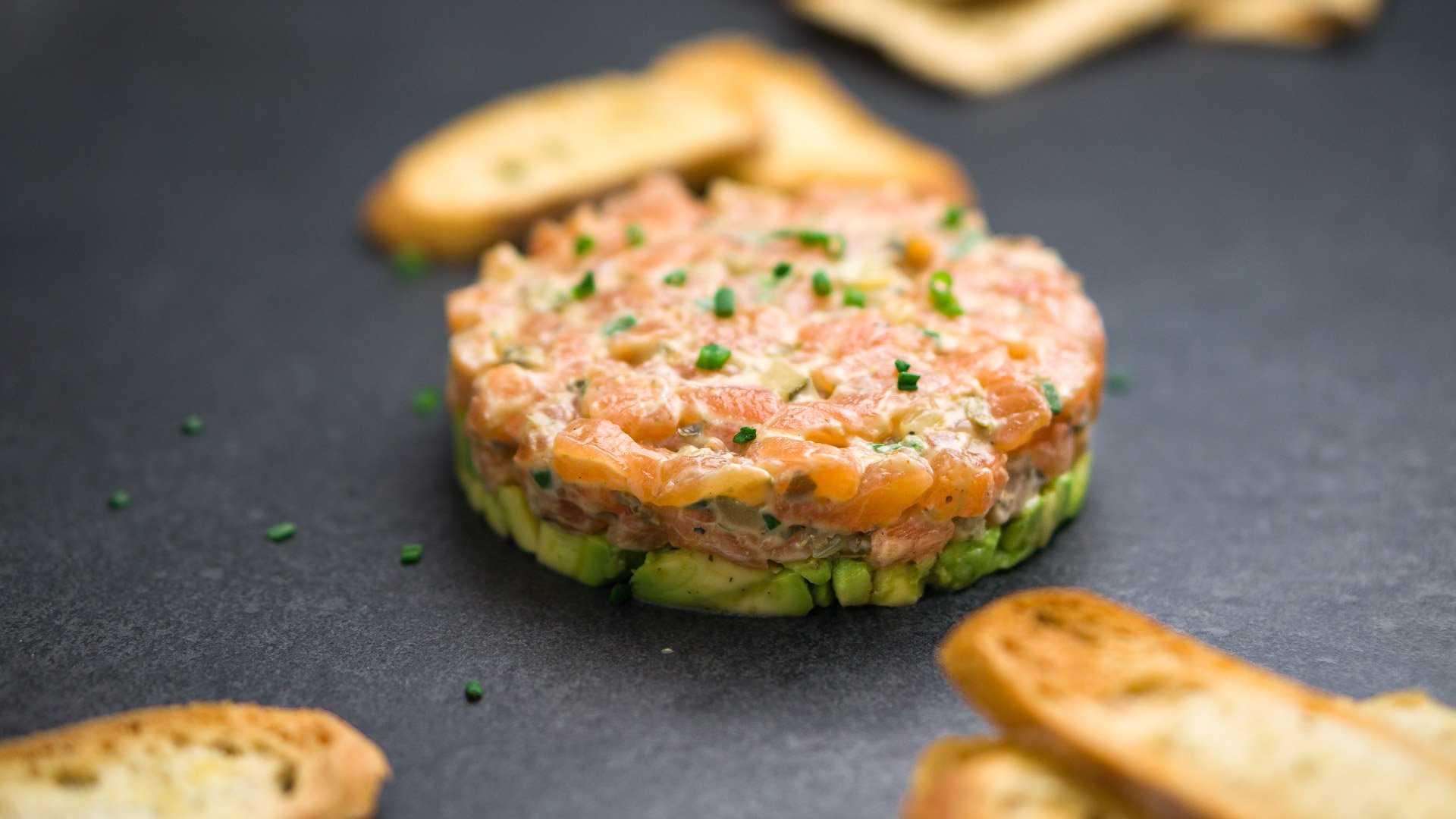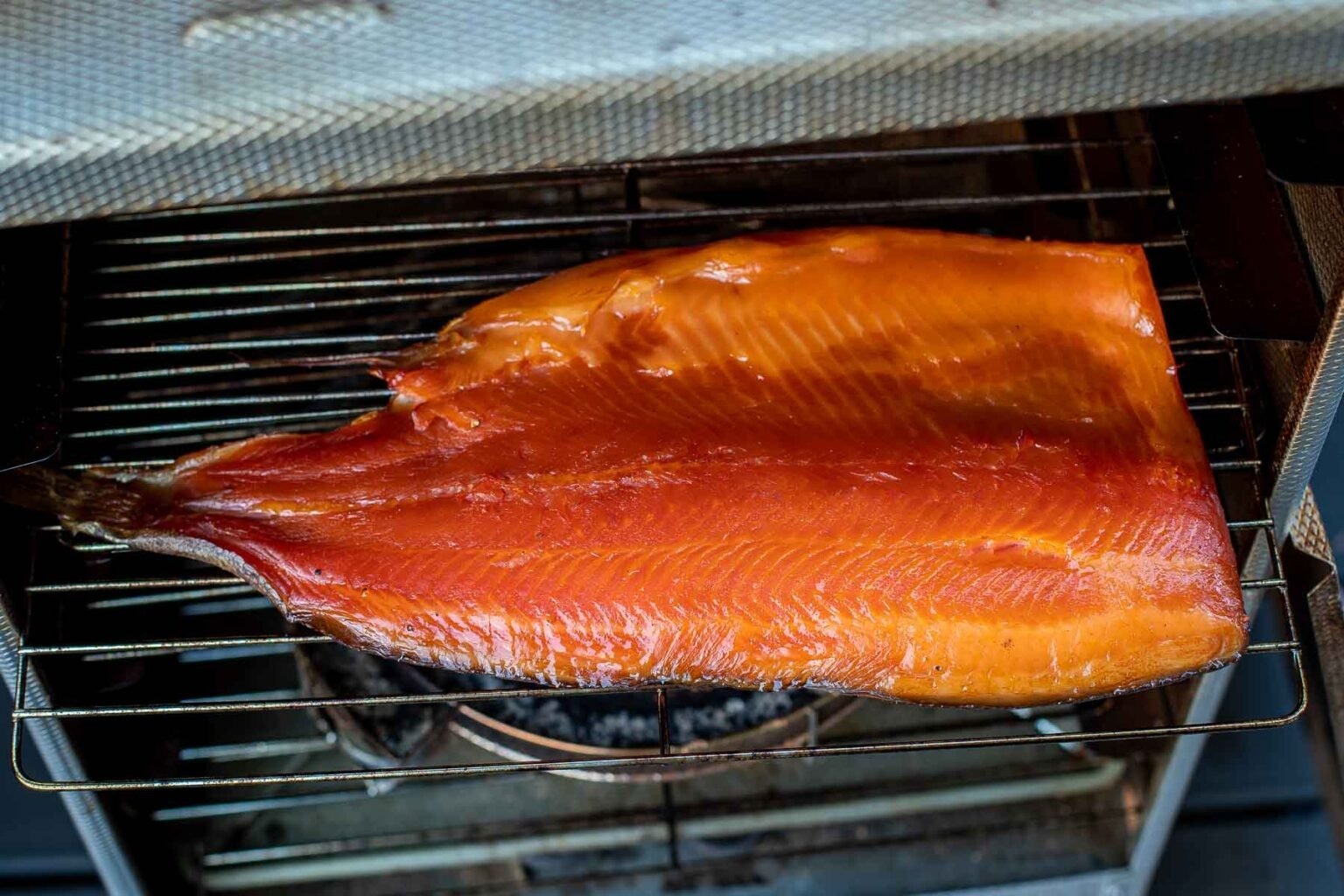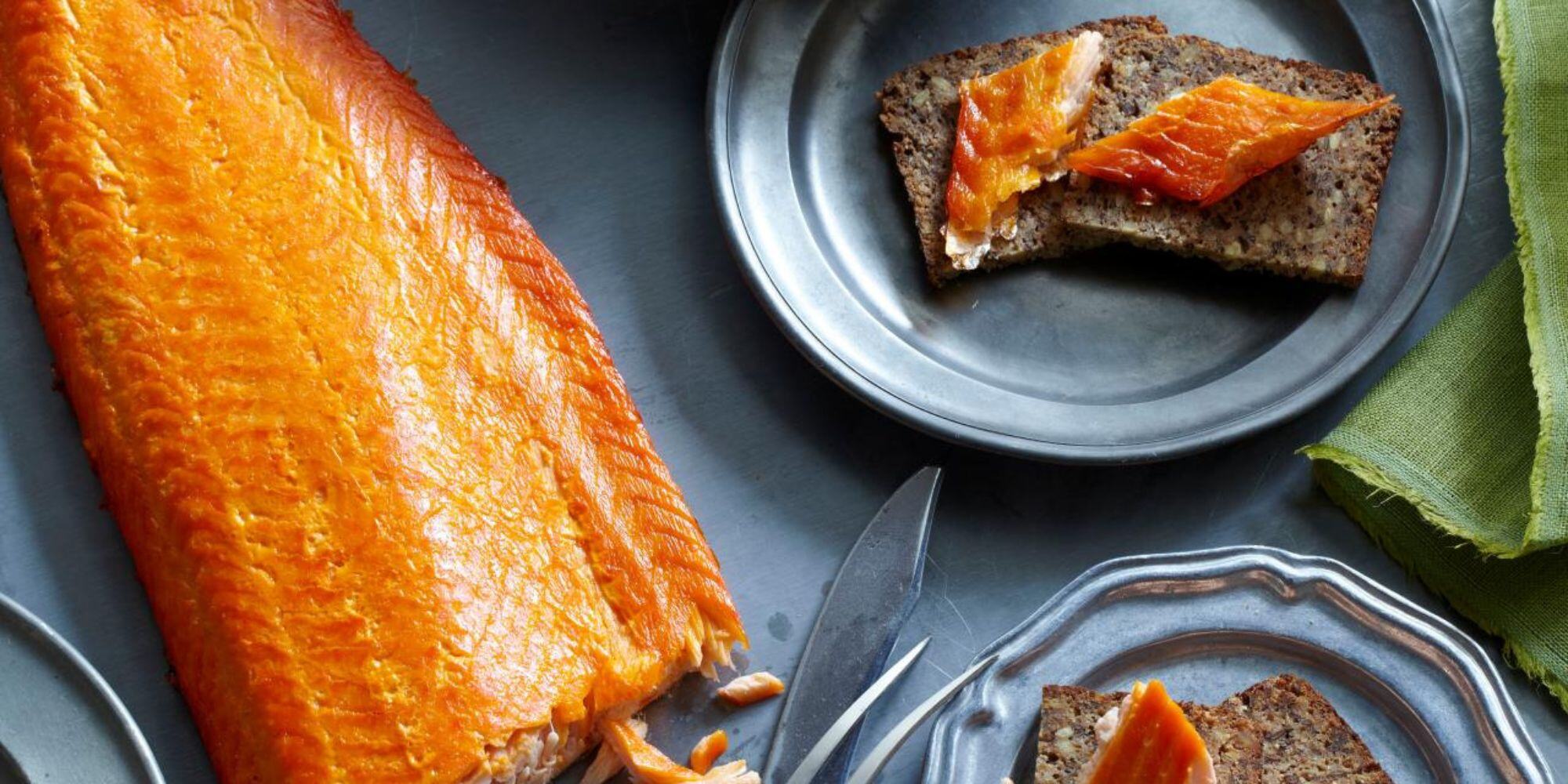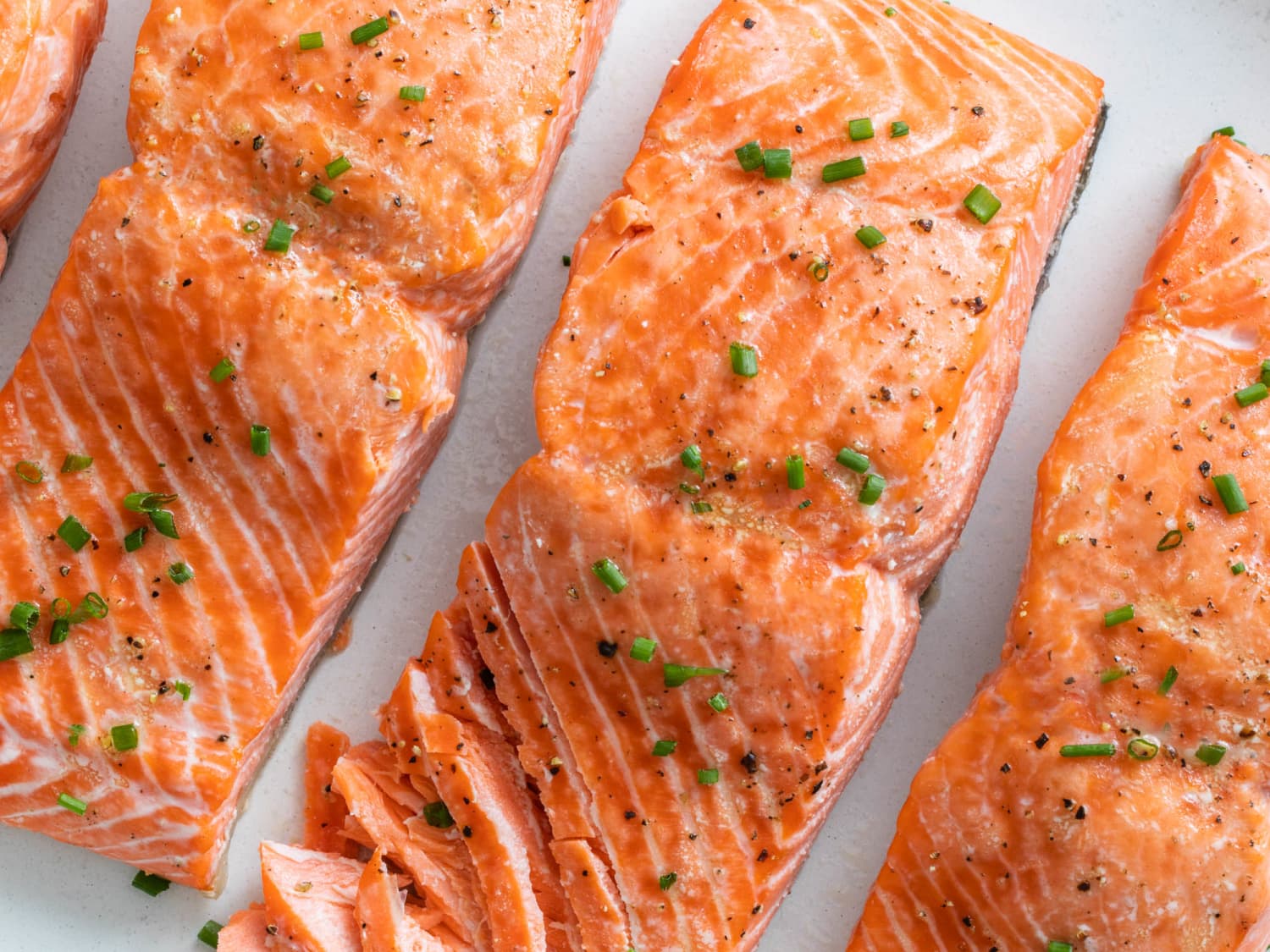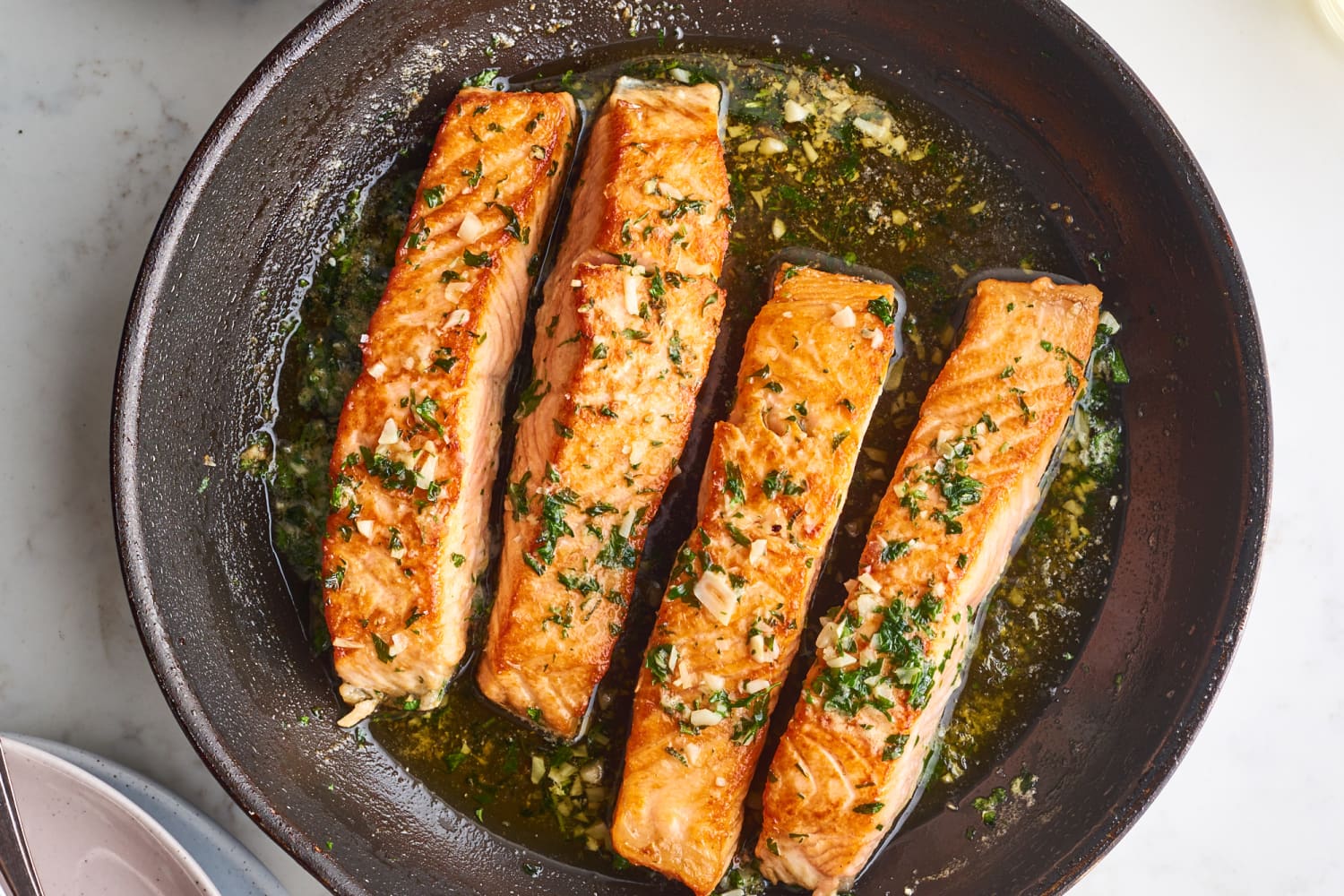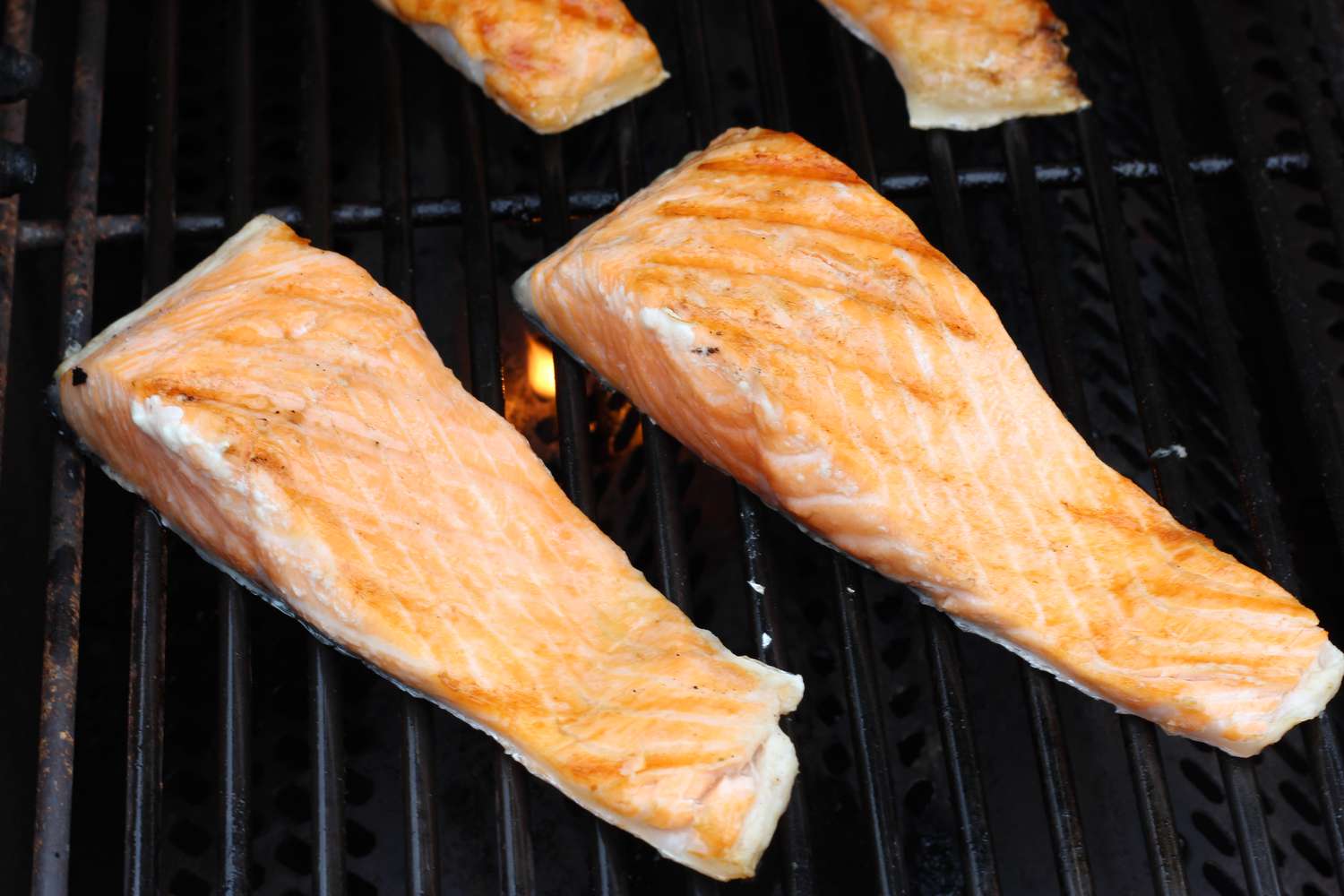Step-by-Step Guide: How to Fillet a Red Salmon
Salmon is a delicious and nutritious fish that is popular in many cuisines around the world. If you’ve ever wondered how to fillet a red salmon, you’ve come to the right place. Filleting a salmon may seem daunting at first, but with the right technique and a little practice, you can easily master this skill. Follow these step-by-step instructions to learn how to fillet a red salmon like a pro.
What You’ll Need:
- Whole red salmon
- Sharp fillet knife
- Cutting board
- Paper towels
Step 1: Prepare Your Workstation
Before you begin, make sure your workstation is clean and organized. Place the salmon on the cutting board and have your fillet knife and paper towels within reach.
Step 2: Remove the Scales
Using a fish scaler or the back of a knife, carefully remove the scales from the salmon. Start from the tail and work your way towards the head, scraping against the grain of the scales.
Step 3: Make the Initial Cut
Lay the salmon on its side and make a small incision behind the gills, cutting diagonally towards the head. Be sure not to cut through the backbone.
Step 4: Begin Filleting
With the initial cut made, angle your knife towards the head and run it along the backbone, using smooth and steady strokes. As you fillet, use your free hand to gently pull the flesh away from the bones.
Step 5: Remove the Fillet
Once you’ve separated the fillet from the backbone, carefully lift it away from the fish and place it on the cutting board. Use the knife to trim any remaining bones or rib bones from the fillet.
Step 6: Repeat on the Other Side
Turn the salmon over and repeat the filleting process on the other side. Remember to take your time and work delicately to ensure you get the most meat from the fish.
Step 7: Check for Any Remaining Bones
After filleting both sides, carefully run your fingers along the fillets to check for any remaining bones. Use tweezers to remove any small pin bones that may be present.
Step 8: Rinse and Pat Dry
Give the fillets a quick rinse under cold water to remove any remaining scales or debris. Pat them dry with paper towels to prepare them for cooking or storage.
Enjoy Your Freshly Filleted Salmon!
Now that you’ve successfully filleted a red salmon, you can use the fillets to create delicious dishes like grilled salmon, salmon sashimi, or baked salmon fillets. Practice makes perfect, so don’t be discouraged if your first attempt isn’t flawless. With time and experience, you’ll become a confident and skilled salmon fillet master!
Remember, fresh salmon is best enjoyed soon after filleting, so be sure to cook or store your fillets promptly. Bon appétit!
Was this page helpful?
FuwaFuwa JapanesePancakes
Fuwa Fuwa Japanese Pancakes are pleased to offer catering services for your venue or event. Fuwa Fuwa means “fluffy fluffy” in Japanese and that is the feeling you’ll get when having our pancakes. Drop by and visit the First Soufflé Pancake Shop to open in Toronto. Website: https://www.fuwafuwapancakes.com/
